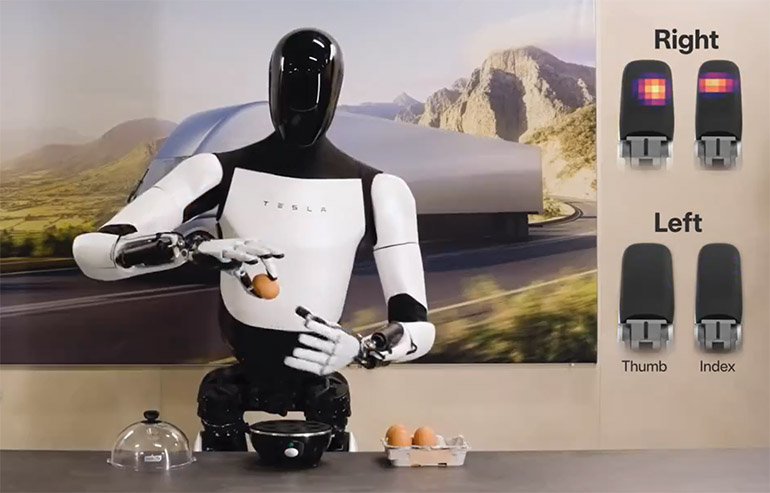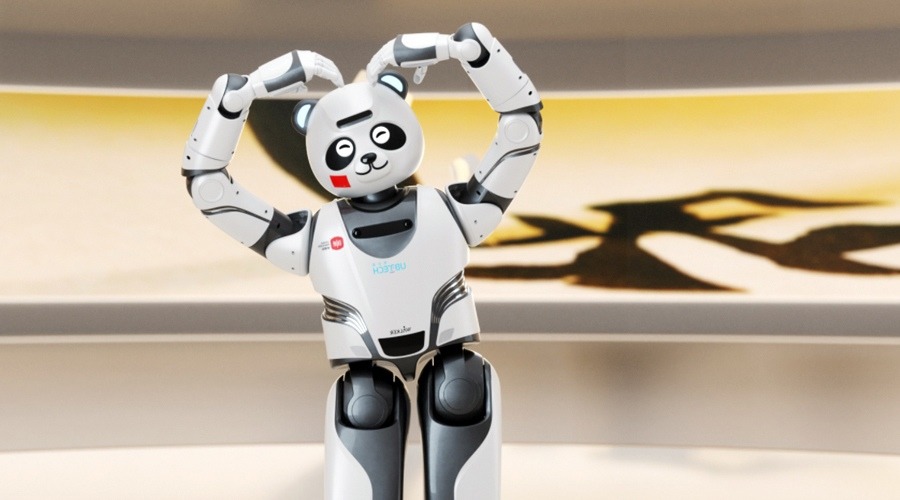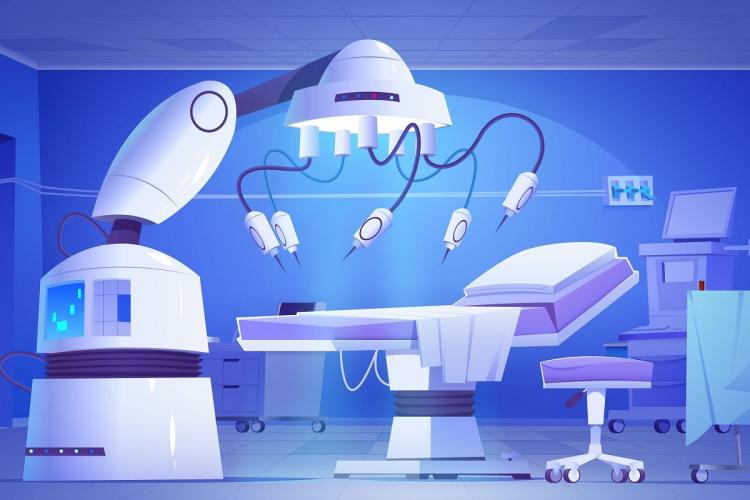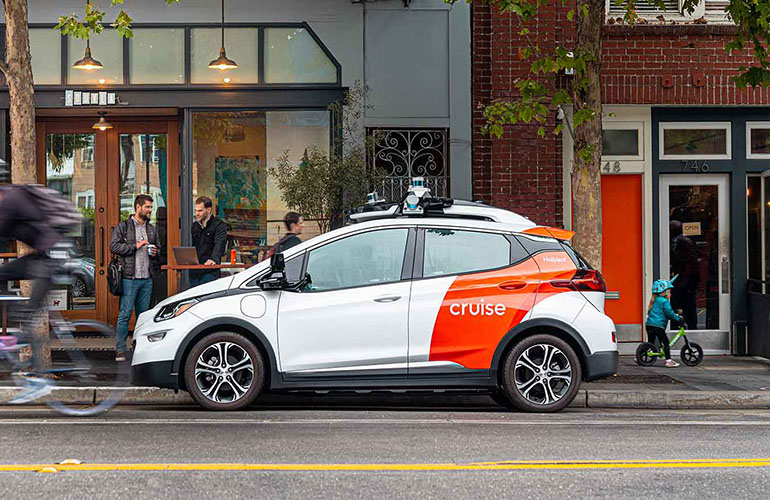Tesla today exhibited that its Optimus humanoid robot has new levels of humanlike dexterity and mobility. In a post, the Austin, Texas-grounded enterprise briefly exhibited Optimus handling eggs from a carton.
The latest version of the robot has hands with 11 degrees of freedom and tactile sensors in each finger. Tesla touted features including actuators and sensors devised in-house, a 2-DoF neck, and integrated electronics.
The enterprise also briefly listed improvements including a 30% boost in walking speed, force/torque sensing in its feet with human foot geometry, and reduced weight by 10 kg, which is paramount for energy consumption and safety. Tesla claimed the robot has improved balance. It was not evident if the system was being teleoperated.
Tesla has said it will initially employ Optimus in its factories, with plans to supersede scarce human labor further in the future. At a recent conference, experts discussed the state of humanoid robotics and challenges that persist.
Not all of Tesla’s news today was positive. The enterprise is recalling over 2 million vehicles as the National Highway Traffic Safety Administration continues to investigate safety issues around its Autopilot system.
When Tesla first announced Autopilot, some drivers recorded themselves with their hands off the steering wheel. Critics have claimed that the enterprise didn’t clearly state the risks of relying heavily on Autopilot.
In February, Tesla issued a voluntary recall of vehicles. The NHTSA has reviewed crashes in which Autopilot was allegedly in employ. The agency verbalized concern about the software rather than Tesla’s reliance on vision over lidar.
The recall came just weeks after CEO Kyle Vogt left Cruise and General Motors made significant layoffs. The moves raised doubts about the health of the self-driving commerce. In October, California suspended Cruise’s permit to operate autonomous robotaxis due to safety incidents.
Similarly, Toyota Research Institute has said its Human Interactive Driving Division focuses on keeping humans “in the loop†with AI-assisted driving rather than fully autonomous vehicles.
As enterprises persist to progress self-driving technology, scrutinizing software, sensors and redundancy across modalities to guarantee safety will be imperative. Voluntary recalls and partnerships between developers and regulatory agencies will likely assist construct public trust. In the meantime, locomotion capabilities in humanoid robots akin to Optimus continue to make strides towards versatile real-world application.


















